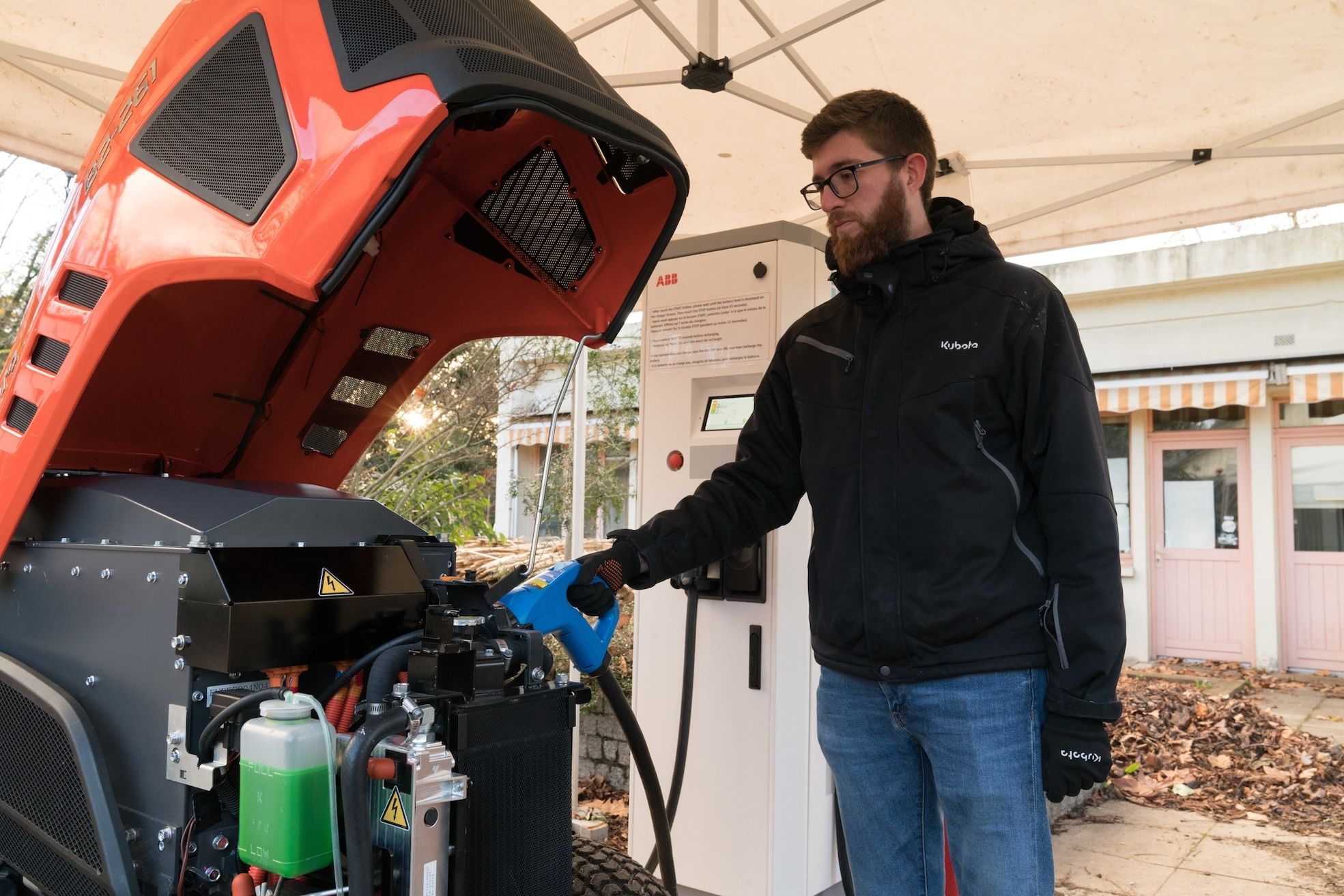
Organic farming: gentle and environmentally friendly
Organic farming is the trend, but which machines are best suited to it?
Organic farming is on the rise: Sustainability and environmental protection are issues that are becoming increasingly important in politics and agriculture. The cultivation of farmland in a way that conserves resources and protects the environment, e.g. by not using pesticides, mineral fertilizers or genetic engineering, is therefore becoming increasingly popular. Organic farming also pays more attention to species protection and animal welfare and is therefore considered particularly environmentally friendly. But which machines are actually suitable for this type of farming and what are the advantages? We explain.
Machinery for organic farming
Many machines in organic and conventional farming are similar at first glance. However, if you take a closer look, you will quickly notice some significant differences. In organic farming, for example, particular attention is paid to efficiency and fuel consumption in order to save as many resources as possible. In addition, the focus is on production methods that are as gentle as possible: Insect-friendly mowing, hacking systems instead of crop protection sprayers and manure spreaders instead of manure barrels are just some of the work steps in which organic farming differs from conventional farming.
Advantages of organic farming
Organic farming has many positive effects if the environment and climate are taken into account. In times of climate change, the reduced use of fossil fuels and low greenhouse gas emissions are a significant advantage over conventional agriculture. An increased carbon storage rate and higher energy and nitrogen efficiency also speak in favor of organic farming.
But organic farming also performs well in terms of water and soil protection: reduced nitrogen inputs and the absence of chemical pesticides can significantly reduce pollution of ground and surface water. Soil fertility also increases. In particular, the population of earthworms increases with organic farming, while soil acidification and compaction decrease. Furthermore, organic farming increases the infiltration of rainwater, which prevents soil erosion.
A final major point in favor of organic farming is the positive impact on biodiversity. The number and frequency of species of field birds and insects in particular are significantly higher in organic farming. But the number of wild plants on verges and hedgerows is also significantly more diverse.
In a nutshell: Advantages of organic farming
- Lower use of fossil fuels
- Lower greenhouse gas emissions
- Higher energy and nitrogen efficiency
- Lower pollution of soil and groundwater
- Increased soil fertility
- Reduced soil erosion
- Reduced soil acidification and compaction
- Positive impact on biodiversity
Disadvantages of organic farming
Of course, organic farming also has its disadvantages. For farmers, the lower yields in particular are a major negative factor: by dispensing with fertilizers and pesticides, the yields per hectare fall in contrast to conventional farming. Although organic produce can be sold at a higher price, this cannot always compensate for the loss of yield. In addition, the marketing of organic produce can be made more difficult by the high prices. Furthermore, the shelf life of some plants in organic farming is limited, as preservatives must be deliberately avoided.
The increased workload is also a disadvantage of organic farming. In order to be allowed to use certain seals and the term organic, the farmer must fulfill various requirements and prove this. This often leads to a high bureaucratic burden. In addition, many work steps in the field are more intensive and time-consuming in organic farming.
In a nutshell: Disadvantages of organic farming
- Lower land yield
- Partly poorer marketability due to higher price
- More bureaucracy
- Higher labor intensity



